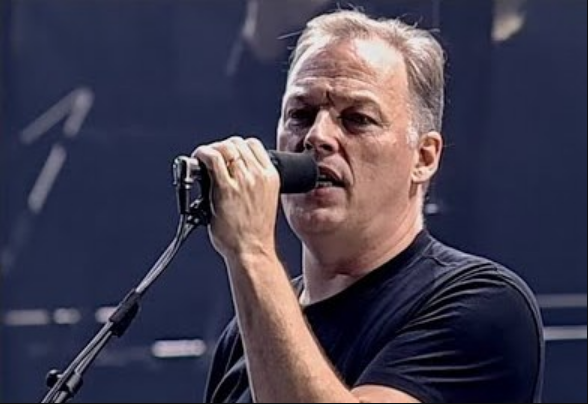It almost always happens to us that by listening to the first chord or note of a song we are able to know what it is. The same thing happens with one of the most famous titles of Pink Floyd, “Money”, with that characteristic cash register loop effect that we all know as its hallmark. The ‘Dark Side of the Moon’, released in 1973, stands out for being one of the band’s self-titled albums and stands out for having a dreamlike air and with many notable ideas, inspirations, and philosophical influences in each of its songs.
View this post on Instagram
If we have to highlight one of their songs, that is the previously mentioned “Money”, which presents a very critical side, clearly showing what the dark side of money and the music industry is like. We’ve all heard hundreds of times (and this number surely falls short) this Pink Floyd classic, but do we know everything that this song hides? Just as money keeps many secrets, so does this song and here we are going to tell you the inspirations behind Pink Floyd’s “Money.”
Many times the main message of the song is confused, which is none other than criticizing money and all the bad things that come with it. Some – when they hear the phrase Money, it’s a gas – think that it is something positive and that they are doing a tribute, but with the verse Money, get away – they make their critical intention very clear with this song. Although of course, ironically, thanks to this song and the album, the British band made a lot of money, selling a total of 34 million copies.
The song begins in an unusual 7/8 time, during David Gilmour’s guitar solo, the song cuts to 4/4, then goes back to 7/8, and ends again in 4/4. In February 1993, Guitar World magazine asked David Gilmour where the famous beat of “Money” had come from, to which the band’s guitarist replied:
“It’s Roger’s riff. Roger came in with the verses and lyrics for ‘Money’ more or less completed. And we just made up middle sections, guitar solos, and all that stuff.” Then went on to explain his contribution to the track’s timing, “We also invented some new riffs – we created a 4/4 progression for the guitar solo and made the poor saxophone player play in 7/4. It was my idea to break down and become dry and empty for the second chorus of the solo.”
As Gilmour said, Roger Waters is the only credited songwriter on this song, but the lead vocals are Gilmour himself. So Roger provided the most basic music and lyrics, the rest of the ingredients were provided by other members of the band. However, according to Gilmour the inspiration for the song came from rock heroes, Booker T, and The M.G.s.
“Getting specific about how and what influenced what is always difficult, but I was a big Booker T fan,” Gilmour revealed Rolling Stone. “I had the Green Onions album when I was a teenager. And in my previous band, we were going for two or three years, and we went through Beatles and Beach Boys, on to all the Stax and soul stuff. We played ‘Green Onions’ onstage. I’d done a fair bit of that stuff; it was something I thought we could incorporate into our sound without anyone spotting where the influence had come from. And to me, it worked. Nice white English architecture students getting funky is a bit of an odd thought… and isn’t as funky as all that [laughs].”
Listen to the song below:

